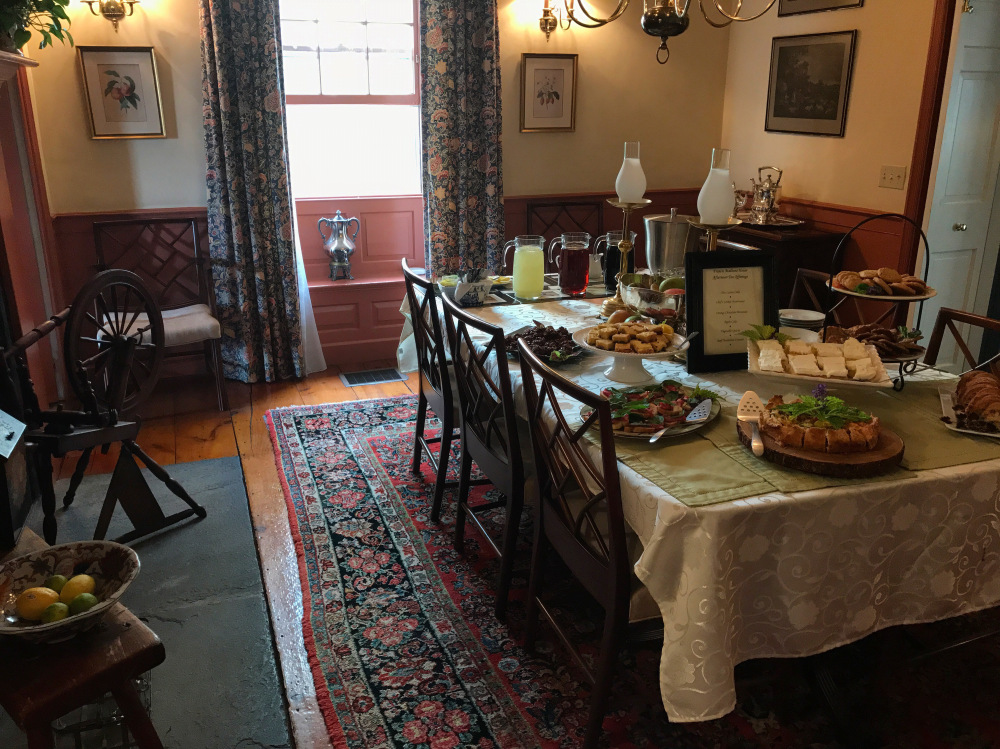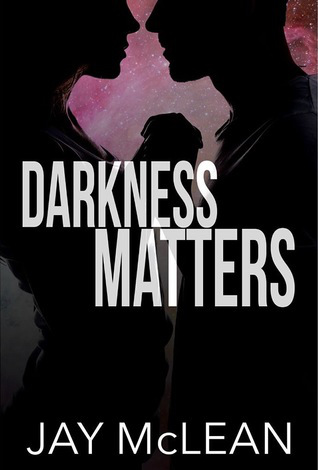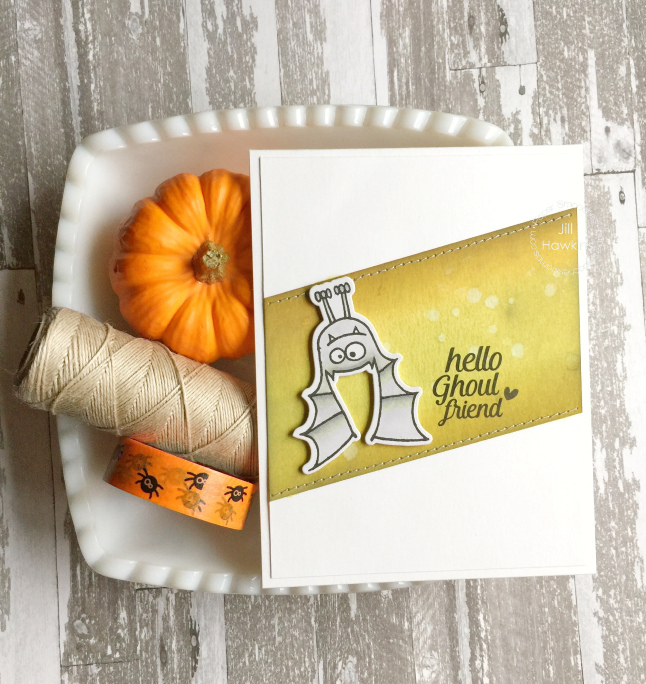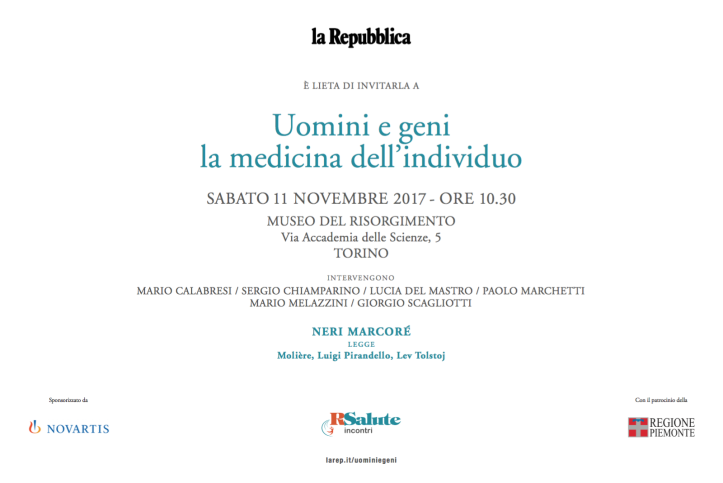This is part two in the posts about Gil’s use of flutes.
If you haven’t done so already, read the first post about flutes here.
In this post I will explore Gil’s use of flutes in various combinations. Gil often combines and colours the brass instruments with the flutes, far more than is common in traditional orchestration.
Audio examples below.
Flutes with muted trumpets
Bess, You Is My Woman Now – Bars 19 & 36
Gil often pairs flutes with muted trumpets (cups and harmons) for a dramatic shimmering sound. In these two chords from Bess, note how the ratio of flute to trumpet character changes with the adjustment in voicing. In bar 19 the flutes are above the trumpets, and in bar 39 they are enclosed by the trumpets.

Fishermen, Strawberry and Devil Crab – bars 5&6
This example is interesting for a couple of reasons. Firstly, each part is doubled. Secondly, the chord isn’t completed by each section of the ensemble (this isn’t a hard and fast rule, but is often recommended in orchestration texts). In this rendition the flute has been recorded more closely, and it is hard to hear the second flute.

Flutes with french horns
French horns pair more readily with flutes. Their inherent blending ability and feathery tone is nicely complemented with the addition of flute. If you haven’t already, read the post about french horns here.
My Mans Gone Now – bars 39-45
In this example the flutes in their very low register play in combination with the horns. The glowing sound of the horns is beautifully finished by the flutes, and contrasts with the more direct tone of the trombones.

Bars 71&72
In this example the alto sax “caps off” the voicing beautifully (blog about that here). This orchestration of alto sax, low flutes and horns is very distinctive and unique.

Comments or questions are welcome.
Advertisements Share this:




